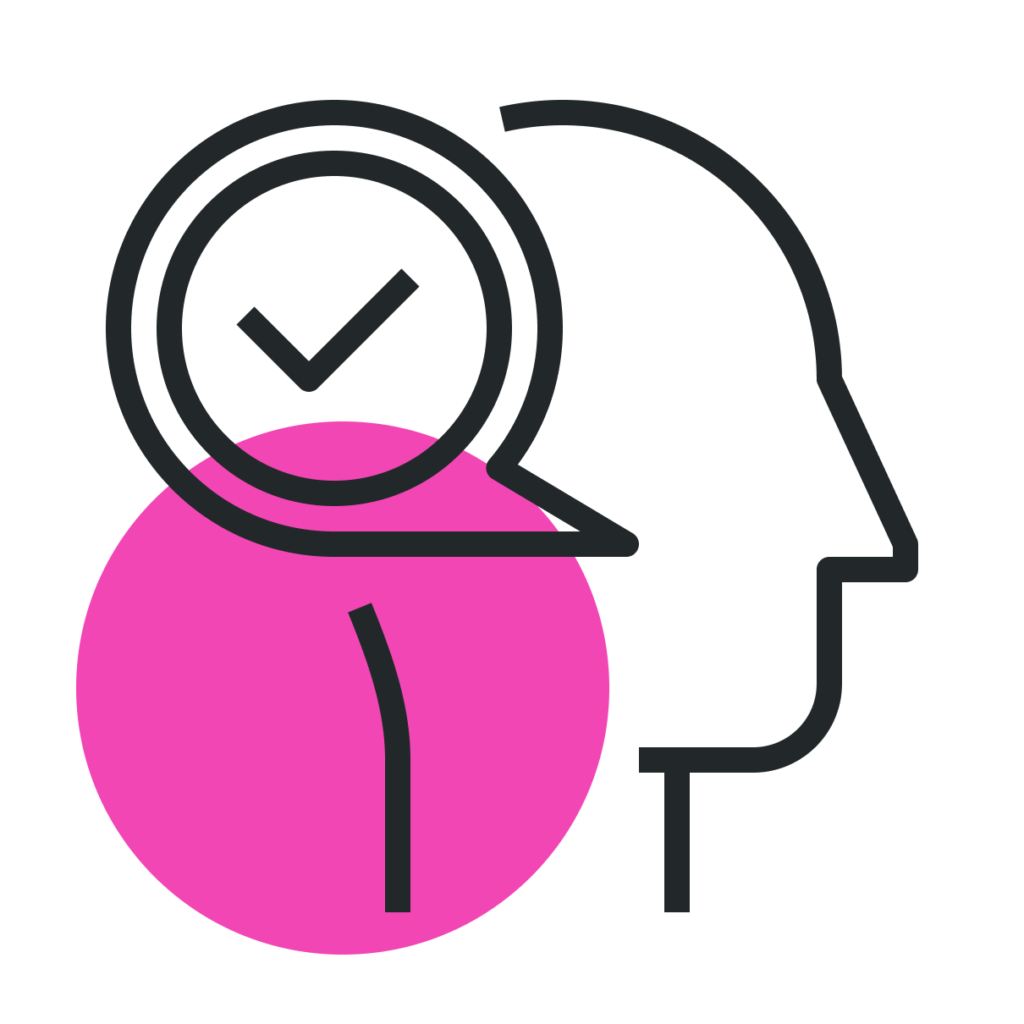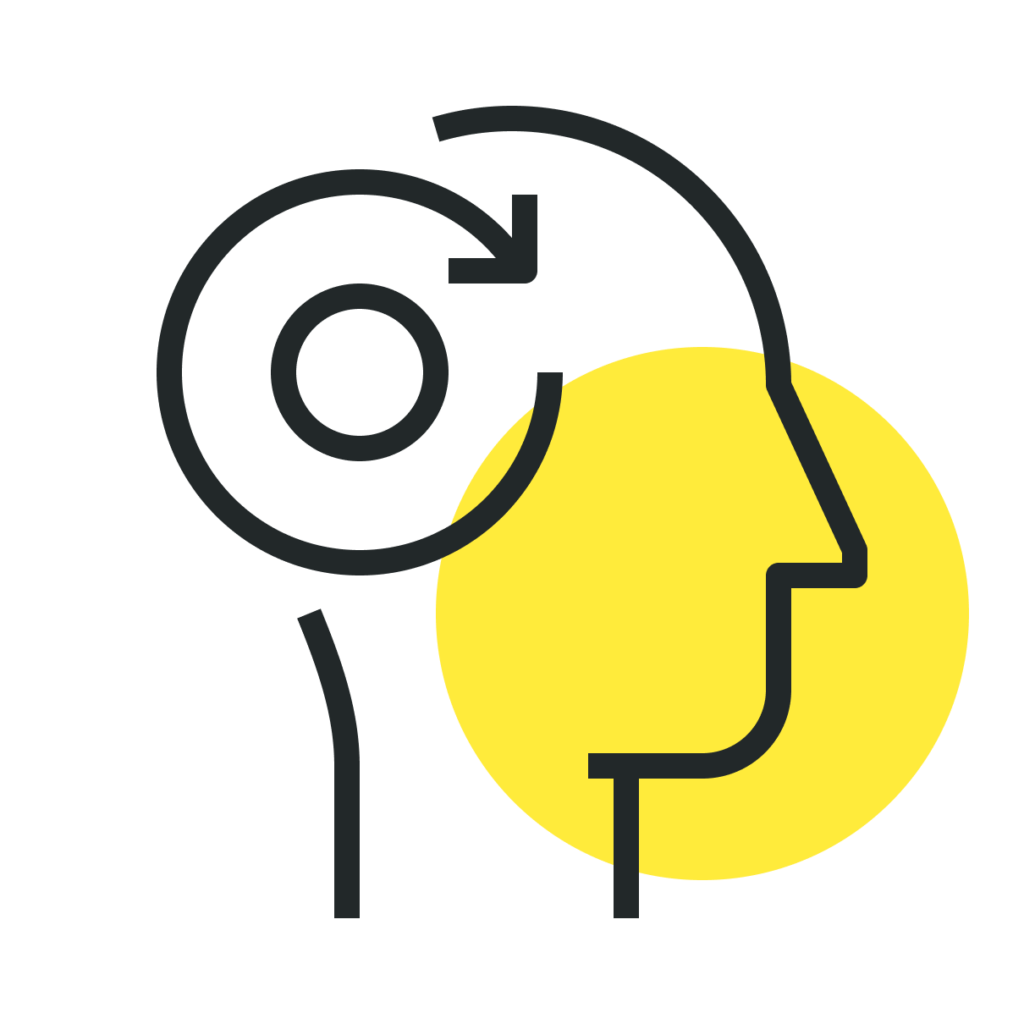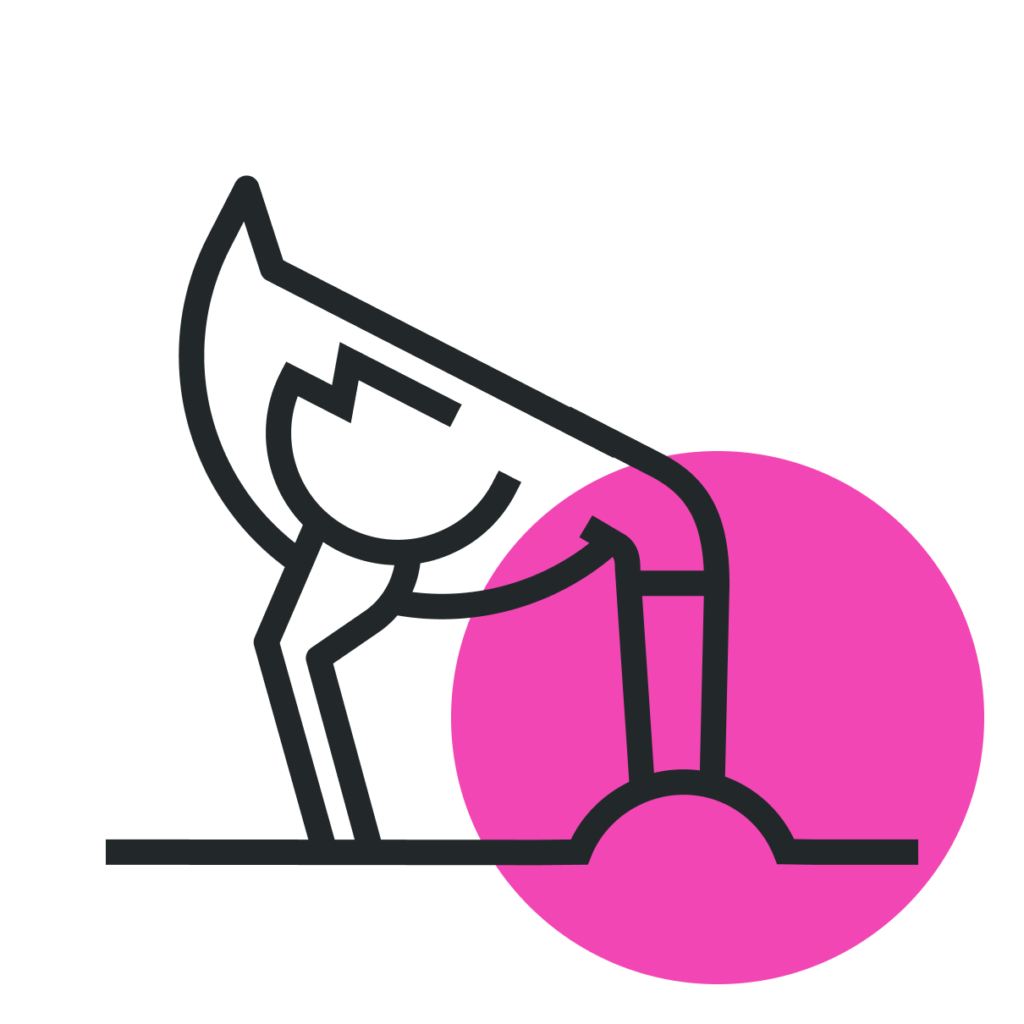The term “confirmation bias” was coined in the 1960s, by English psychologist Peter Wason. His experiments showed that individuals are inclined to seek information that confirms their existing beliefs, which is something that is a fundamental aspect of human cognition.
This bias has evolutionary roots, potentially as a mechanism to quickly process information and make fast decisions based on past experiences and beliefs.
The rise of behavioral economics in the late 20th and early 21st centuries, spearheaded by researchers like Daniel Kahneman and Amos Tversky, brought a renewed focus on confirmation bias. Their work illustrated how confirmation bias is not just a passive process of accepting confirming evidence but actively seeking it, even in the face of contradictory information.
The internet and social media has further amplified the significance of confirmation bias. The ability to access incredible amounts of information and connect with like-minded individuals has created echo chambers, where confirmation bias can significantly influence public opinion and the spread of misinformation.
On software teams, confirmation bias can significantly impact how products are developed and perceived. For example, a product manager might favor market data that supports their vision while ignoring data that might suggest a different direction is appropriate. UX designers might prefer user feedback that supports their original design choices, overlooking critical feedback that suggests significant changes. Engineers could overlook potential flaws in their systems, focusing instead on evidence that validates their work.
🎯 Here are some key takeaways:
Challenge your initial thoughts
t’s important to question your first impressions and assumptions. This helps in avoiding the trap of confirmation bias and leads to more robust decision-making.
Diversify information sources
Rely on a wide range of information sources, especially those that may not initially align with your viewpoint. This ensures a more comprehensive understanding of the situation.
Foster a culture of critical thinking
Promote an environment where questioning and critical thinking are valued as a balance to the inclination towards confirmation bias.
Be open to alternative viewpoints
Actively seek out and consider opinions and information that challenge your pre-existing beliefs. This will lead to a more balanced understanding.
Encourage diverse perspectives
In a team setting, encourage the expression of diverse opinions and viewpoints. This diversity can help counteract the group's tendency toward confirmation bias.
📚 Keep exploring
To dive deeper into the topic of confirmation bias and its implications for decision-making, check out these resources:



